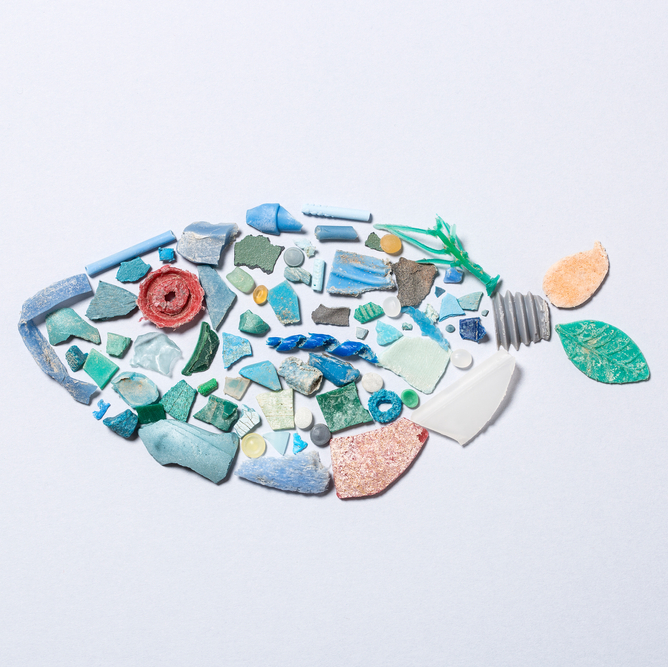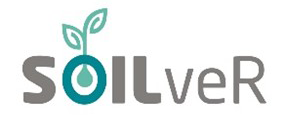Microplastics under scrutiny

Groping in the dark
“Microplastic” is a catch-all phrase for plastic particles spanning six orders of magnitude in particle size and a gigantic variety of chemical compositions. Microplastics in marine and surface waters have been studied for many years whereas soil and groundwater are emerging environmental compartments for undergoing studies.
In order to better understand the transfers and impacts of microplastics on terrestrial ecosystems and on humans, it is necessary to be able to characterize them and quantify their occurrence. This step can only be done in conjunction with a consensual definition of microplastics. No such definition existed so far.

MISSOURI: bringing light
The MISSOURI-project (acronym for MIcroplasticS in Soil and grOUndwateR: sources, transfer, metrology and Impacts) mainly focused on microplastics in soils and groundwater as well as their possible effects on terrestrial ecosystems and human health.
This state of the art consisted of an in-depth analysis of existing characterization protocols, studies related to microplastics in soils and groundwater and their potential effects. General hypotheses relating to the transfer mechanisms of microplastics in soils and groundwater as well as the identification of research subjects have been drawn from this review.
At this moment, however, it is impossible to draw a clear conclusion on the potential effects on ecosystems or humans linked to the physicochemical characteristics of microplastics, their aging as well as their ability to damage in association with other contaminants or their additives. The reason for this is a lack of standardized protocols both in terms of measurements and impact studies.
The MISSOURI project provides proposals for a harmonized definition, standardized protocol for characterizing the soil microplastics and for studying their behavior and effects on terrestrial ecosystems and human health. However, there is still a lot of research that should be done.
The European project MISSOURI took place from November 1, 2020 to October 31, 2021 and was partially funded by the European platform SOILveR (see also EmConSoil newsletter #3). This project was coordinated by the National Institute for Industrial Environment and Risks (Ineris), with, as partners, the Environment & Health Department of the Dutch Vrije Universiteit (VU) and the Walloon Scientific Institute of the Public Service (Issep).
More info on the MISSOURI-page of the SOILVER-website.
EmConSoil coordinator
- Address
- Stationsstraat 110
2800 Mechelen
Route and accessibility - Telephone
- +32 15 284 284
